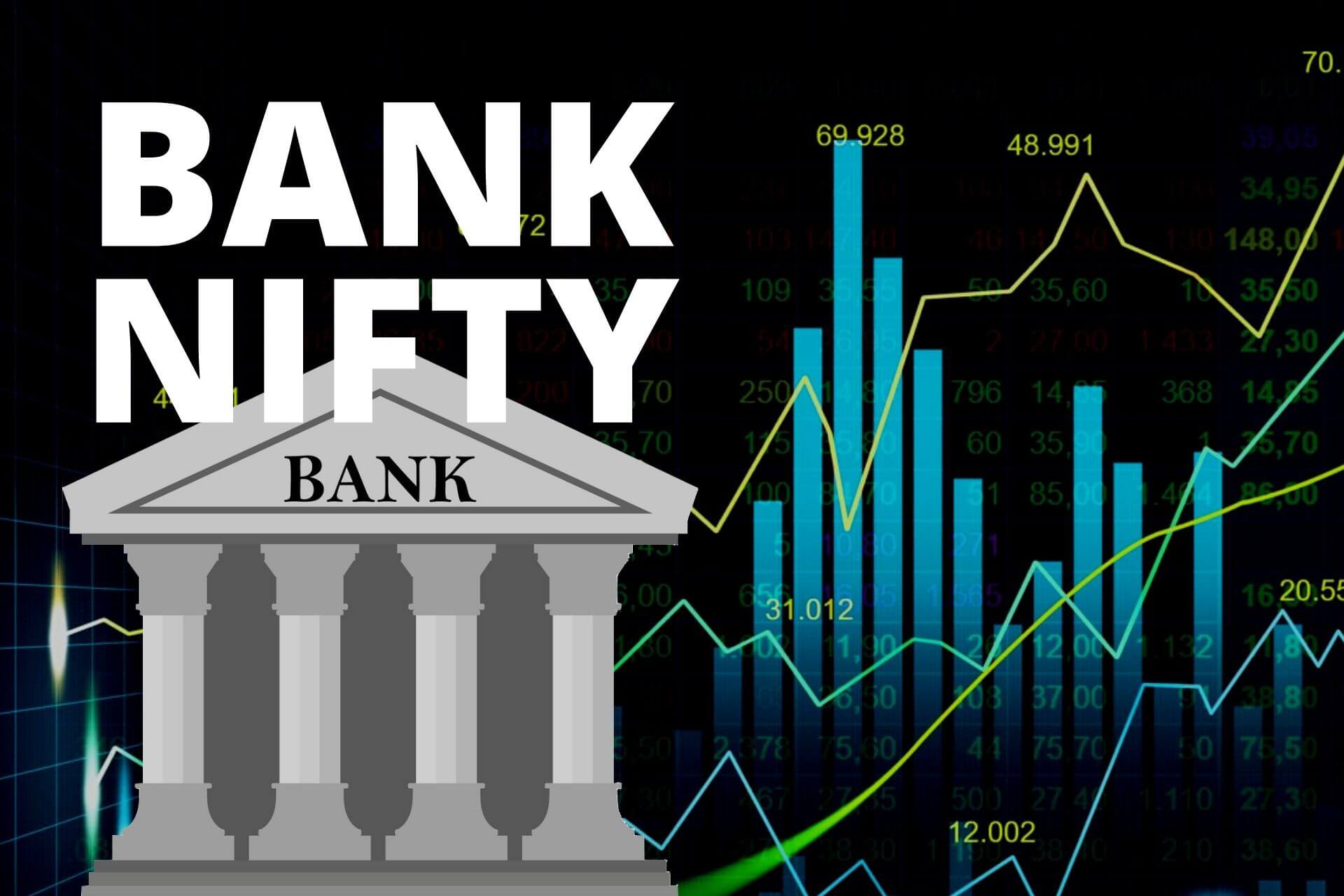Introduction:
Bank Nifty, also known as the Nifty Bank Index, is a prominent benchmark index that reflects the performance of the banking sector in India. Comprising a basket of leading banking stocks, Bank Nifty serves as a vital tool for investors, traders, and analysts to gauge the overall health and prospects of the banking industry. In this article, we delve into the intricacies of Bank Nifty, exploring its composition, significance, and the key banks that contribute to its movement.
Understanding Bank Nifty:
Bank Nifty is a sectoral index of the National Stock Exchange of India (NSE), specifically designed to monitor the performance of banking stocks. It comprises the 12 most liquid and large-cap banking stocks listed on the NSE. These stocks represent various segments of the banking industry, including private sector banks, public sector banks, and foreign banks operating in India.
Composition of Bank Nifty:
1. HDFC Bank Limited (HDFCBANK): HDFC Bank is the largest private sector bank in India, known for its robust financial performance and extensive branch network. It is a significant component of Bank Nifty and often influences the movement of the index.
2. ICICI Bank Limited (ICICIBANK): ICICI Bank is one of the leading private sector banks in India, offering a wide range of financial products and services. Its inclusion in Bank Nifty brings significant weightage to the index.
3. State Bank of India (SBIN): State Bank of India, commonly known as SBI, is the largest public sector bank in India. With its extensive presence across the country, SBI plays a pivotal role in shaping Bank Nifty's movement.
4. Kotak Mahindra Bank Limited (KOTAKBANK): Kotak Mahindra Bank is a renowned private sector bank, known for its customer-centric approach and innovative financial solutions. It contributes substantially to Bank Nifty's performance.
5. Axis Bank Limited (AXISBANK): Axis Bank is a prominent private sector bank that offers a comprehensive suite of banking and financial services. Its inclusion in Bank Nifty adds to the overall dynamics of the index.
6. IndusInd Bank Limited (INDUSINDBK): IndusInd Bank is a well-established private sector bank in India, catering to diverse customer segments. Its presence in Bank Nifty adds to the sectoral representation of the index.
7. Punjab National Bank (PNB): Punjab National Bank is a leading public sector bank in India, known for its extensive branch network and diverse range of banking products. It contributes to the overall performance of Bank Nifty.
8. Bank of Baroda (BANKBARODA): Bank of Baroda is a public sector bank with a global presence. It offers a wide array of financial services, including retail banking, corporate banking, and treasury operations, impacting Bank Nifty's movement.
9. Federal Bank Limited (FEDERALBNK): Federal Bank is a prominent private sector bank that operates in various segments, including retail banking, corporate banking, and treasury operations. Its inclusion in Bank Nifty brings diversity to the index.
10. IDFC First Bank Limited (IDFCFIRSTB): IDFC First Bank is a private sector bank that focuses on retail and wholesale banking services. Its presence in Bank Nifty adds a unique dimension to the index.
11. Bandhan Bank Limited (BANDHANBNK): Bandhan Bank is a private sector bank known for its microfinance operations and retail banking services. Its contribution to Bank Nifty's movement is noteworthy.
12. RBL Bank Limited (RBLBANK): RBL Bank is a private sector bank that provides a comprehensive range of banking services to
retail, corporate, and SME customers. Its inclusion in Bank Nifty brings diversity and stability to the index.
Significance of Bank Nifty:
1. Sector Performance: Bank Nifty offers valuable insights into the overall performance and health of the banking sector in India. It helps investors and traders make informed decisions based on the collective performance of leading banking stocks.
2. Portfolio Diversification: Bank Nifty provides an opportunity for portfolio diversification, allowing investors to balance their investment exposure by including banking stocks alongside other sectors.
3. Trading and Hedging: Traders utilize Bank Nifty derivatives such as futures and options for short-term trading strategies and hedging against banking industry-specific risks.
4. Economic Indicator: Bank Nifty's movement often reflects the broader economic sentiment and acts as a barometer of market sentiment towards the banking sector.
Conclusion:
Bank Nifty serves as a powerful tool for investors, providing a comprehensive view of the Indian banking sector's performance. Understanding the composition and significance of Bank Nifty, along with the key banks that contribute to its movement, can help investors make well-informed decisions and navigate the dynamic world of banking stocks. By closely monitoring Bank Nifty, investors can gain insights into the health and potential growth of the banking industry, unlocking opportunities for wealth creation and portfolio diversification.

